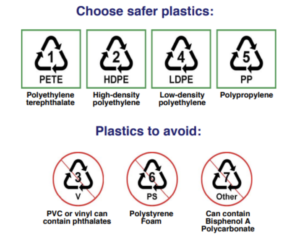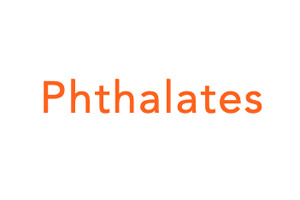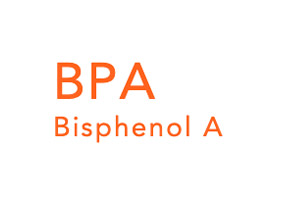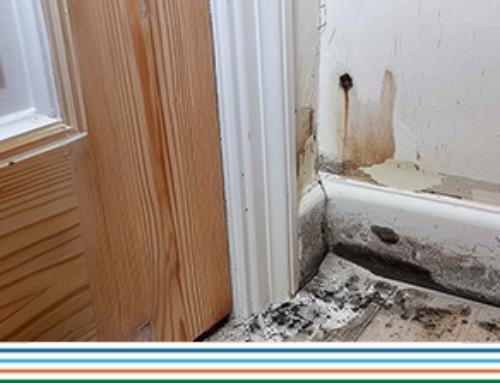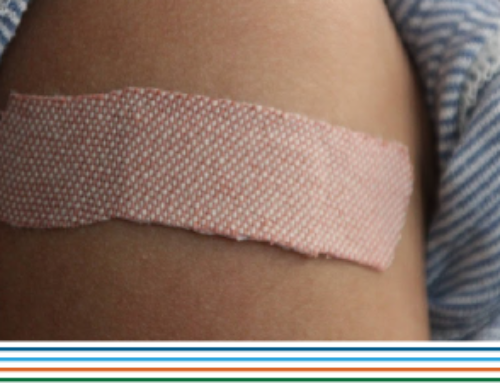An Overview of Endocrine-Disrupting Chemicals (EDCs)
Endocrine-Disrupting Chemicals (EDCs, also known as Endocrine Disruptors or Endocrine Disrupters) are substances found in a variety of consumer products like food packaging, cosmetics, and personal care products.
EDCs can interfere with the body’s hormone (endocrine) system. The endocrine system coordinates many body functions like growth and development, reproduction, energy, and responding to stress. Children and babies are particularly sensitive to the effects of these compounds because of their bodies are still developing. Learn more about how EDCs can affect the hormone system.
Simple steps can help reduce your family’s exposure to EDCs.
Ten Tips to Reduce Exposure to EDCs
- Use glass containers to store and heat food and beverages.
- Reduce household dust with a wet mop or wet dusting rag.
- Do not heat plastic food containers in the microwave or dishwasher.
- When possible, choose fresh foods over processed or canned foods.
- Opt for low-fat dairy products and low-fat or lean meat products such as fish, seafood, and poultry.
- Choose safer cleaning products: avoid products that contain antibacterial chemicals, scents or fragrances, or harsh chemicals. and look for those with a “Safer Choice” label. Or, create your own out of common affordable ingredients: white vinegar, baking soda, water, and lemon or orange. Click here for more information.
- Shop smart! Check the labels of personal care products to ensure that they do not contain phthalates, parabens, triclosan, or fragrances. If they do not clearly display what they contain, try to avoid those with strong scents. Or, use the Environmental Working Group’s “Healthy Living” app.
- Repair, cover, or replace pieces of furniture that have torn or exposed foam.
- Choose electronic receipts (“e-receipts”) instead of paper ones.
- Choose safer plastics. Check the recycling label and follow this plastic guide:
Learn More about Five Common EDCs
English:
Español:

